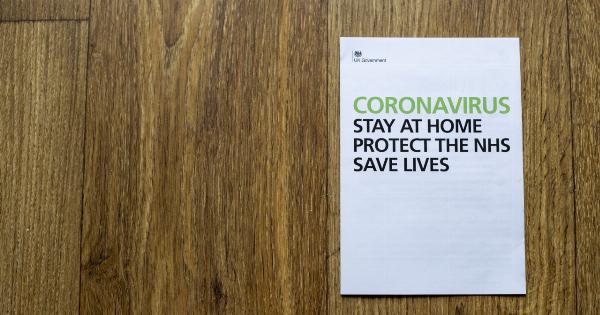Toxins are harmful substances that can have detrimental effects on our health. Many toxins are present in our everyday environment, lurking in products we use, air we breathe, and food we consume.
It is essential to be aware of these toxins to protect ourselves and our loved ones. In this article, we will explore ten shocking toxins that can harm you and your family.
1. Lead
Lead is a highly toxic metal commonly found in old paint, soil, and water pipes. Exposure to lead can cause a myriad of health problems, especially in children. It can lead to cognitive impairment, developmental delays, and behavioral issues.
Regular testing for lead in homes and ensuring its removal can safeguard your family’s well-being.
2. Formaldehyde
Formaldehyde is a colorless gas emitted from various household products and building materials, including carpets, furniture, and cabinets. This toxic substance is a known human carcinogen and can trigger respiratory issues such as asthma.
Opting for formaldehyde-free products and ensuring good ventilation can reduce the risk of exposure.
3. Pesticides
Pesticides are chemicals used to control pests and weeds. However, prolonged exposure to these toxins can have adverse effects on both humans and animals.
They have been linked to various health concerns like cancer, reproductive issues, and neurologic disorders. Buying organic produce and using natural pest control methods can minimize pesticide exposure.
4. Bisphenol A (BPA)
BPA is a synthetic compound found in many plastic products, such as water bottles, food containers, and the lining of canned goods. It can leach into food and beverages, leading to numerous health problems.
BPA is an endocrine disruptor and has been associated with hormonal imbalances, fertility issues, and developmental problems in children. Opting for BPA-free alternatives can help avoid these risks.
5. Phthalates
Phthalates are chemicals used to soften plastics and are commonly found in toys, personal care products, and vinyl flooring.
These toxins can disrupt the hormonal balance, potentially leading to reproductive problems, liver and kidney damage, and asthma. Opt for phthalate-free products, especially those labeled as “fragrance-free” or “phthalate-free.”.
6. Persistent Organic Pollutants (POPs)
POPs are toxic chemicals that persist in the environment for an extended period. They include substances like polychlorinated biphenyls (PCBs) and certain pesticides.
Exposure to POPs can result in adverse health effects, including immune system dysfunction, cancer, and reproductive disorders. Reducing the use of POP-contaminated products and supporting environmental initiatives can limit exposure.
7. Airborne Volatile Organic Compounds (VOCs)
VOCs are chemicals emitted as gases from various sources, such as paints, cleaning supplies, and furniture. Inhaling VOCs can lead to eye, nose, and throat irritation, headaches, and even damage to the liver, kidneys, or central nervous system.
Opting for low VOC or VOC-free products and ensuring adequate ventilation can mitigate the risks.
8. Mercury
Mercury is a naturally occurring element found in certain fish, dental amalgam fillings, and CFL light bulbs. Exposure to high levels of mercury can cause neurological and developmental disorders, especially in unborn babies and young children.
Choosing low-mercury fish options and proper disposal of mercury-containing products are crucial for avoiding mercury exposure.
9. Radon
Radon is a radioactive gas that can seep into homes through cracks in the foundation. Prolonged exposure to radon gas can increase the risk of lung cancer, even in non-smokers.
Regular testing for radon levels and taking necessary steps to reduce exposure can protect your family’s health.
10. Asbestos
Asbestos is a naturally occurring mineral fiber that was widely used in construction materials for its heat and fire-resistant properties.
However, prolonged inhalation of asbestos fibers can lead to serious diseases such as lung cancer, asbestosis, and mesothelioma. Identifying and safely removing asbestos-containing materials in older homes is crucial.






























